Welcome to JHD Nutrasource!
Shop
Showing 1–9 of 20 results
-
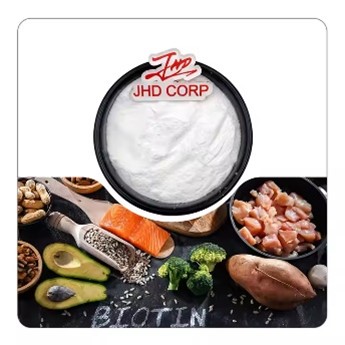
D-Biotin Powder
D-Biotin Powder is a water-soluble vitamin belonging to the B-vitamin complex (Vitamin B7 or Vitamin H). It is essential for various metabolic processes, including the synthesis of fatty acids, glucose, and amino acids. D-Biotin is also a crucial cofactor for several carboxylase enzymes.
-
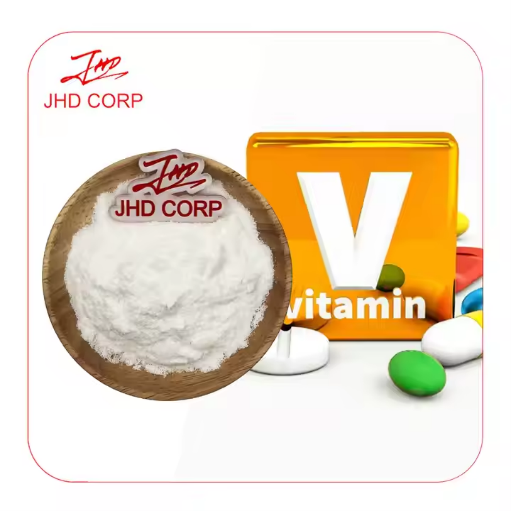
dl-alpha tocopherol
DL-alpha-Tocopherol is a synthetic form of vitamin E, known for its strong antioxidant properties. It is a lipid-soluble vitamin that plays a crucial role in protecting cells from oxidative damage.
-
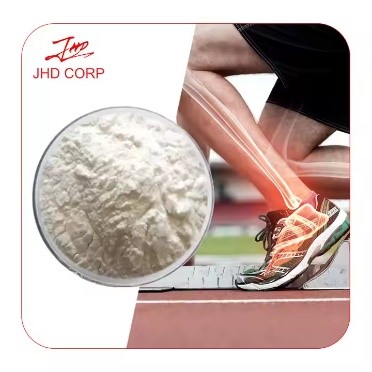
L-Citrulline DL-Malate
D-Biotin Powder is a water-soluble vitamin belonging to the B-vitamin complex (Vitamin B7 or Vitamin H). It is essential for various metabolic processes, including the synthesis of fatty acids, glucose, and amino acids. D-Biotin is also a crucial cofactor for several carboxylase enzymes.
-

liposomal vitamin c
Liposomal Vitamin C is a highly bioavailable form of vitamin C that is encapsulated in liposomes—tiny fat-soluble particles. These liposomes protect the vitamin C during digestion, allowing for better absorption into the bloodstream and cells.
-

Pyridoxal 5-phosphate Monohydrate
Pyridoxal 5'-phosphate Monohydrate (PLP) is the active form of Vitamin B6 and serves as an essential cofactor for numerous enzymes involved in amino acid, carbohydrate, and fat metabolism.
-
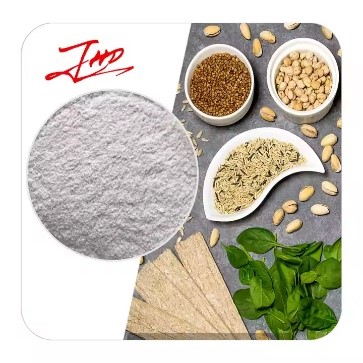
Pyridoxine Hydrochloride
Pyridoxine Hydrochloride (Vitamin B6) is a water-soluble vitamin essential for various physiological functions, including amino acid metabolism, neurotransmitter synthesis, and hemoglobin production.
-
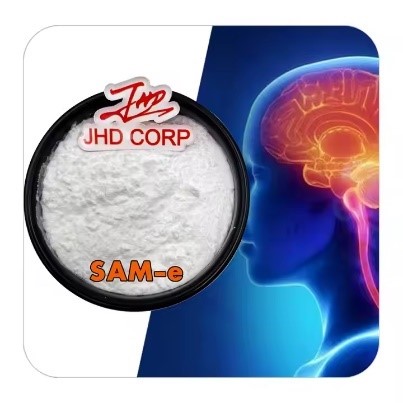
S-Adenosyl-L-Methionine Disulfate Tosylate
S-Adenosyl-L-Methionine Disulfate Tosylate (SAMe) is a stable form of S-Adenosyl-L-Methionine, an important endogenous methyl donor involved in various biochemical processes. It is widely used in research and clinical applications due to its stability and bioactivity.
-
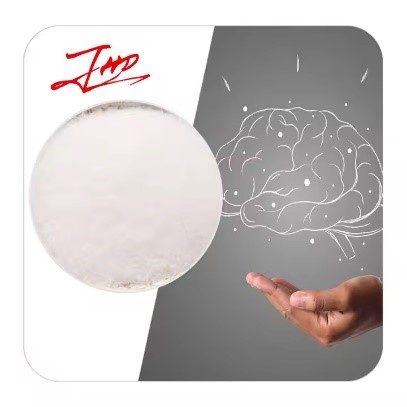
Thiamine Pyrophosphate
Thiamine Pyrophosphate (TPP) is the active coenzyme form of Vitamin B1 (thiamine). It plays a crucial role in various metabolic processes, particularly in carbohydrate metabolism and energy production.
-
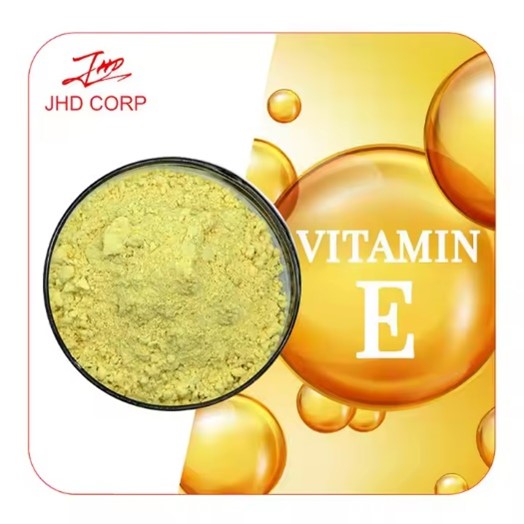
Tocotrienol
Tocotrienols are members of the vitamin E family, known for their excellent antioxidant properties. Unlike tocopherols, tocotrienols have an unsaturated isoprenoid side chain, which allows them to penetrate efficiently into tissues with saturated fatty layers, such as the brain and liver.
